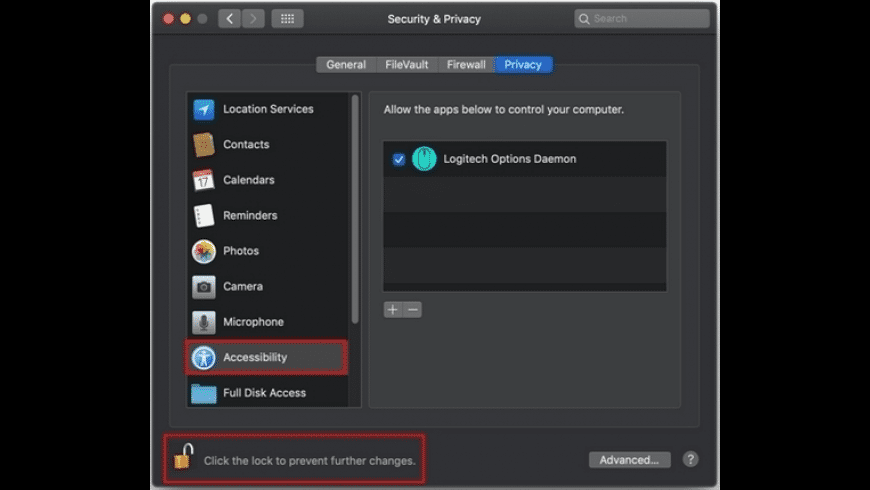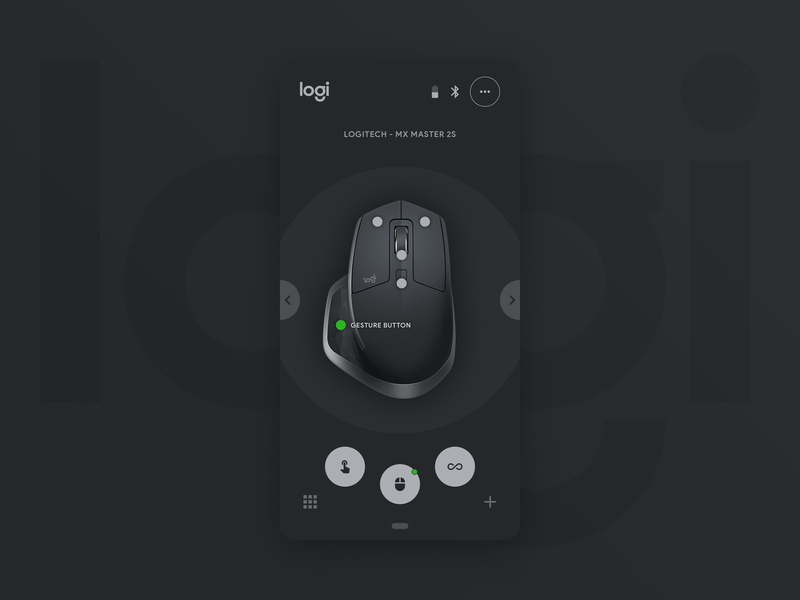

I also booted into safe mode and ran the installer there.
#LOGITECH OPTIONS NOT LOADING WINDOWS#
In each case I ran Windows compatibility troubleshooter but to no avail. Otherwise using the device explorer in by connection mode might help to reveal hidden functionalities (but not particularly hidden, the device could remove them after an attack). To do this, first open the Logitech Options program to ensure the daemon is running. So far, I've uninstalled and reinstalled 3 different versions of the manufacturer's 'Logitech options' utility: 6.3.80, 6.440.169 and 6.50.60. One experiment might be to plug it into a computer and attempt to observe anything strange briefly appearing on the screen, guided by the insight above. Unfortunately, I do not have access to such a device so I can offer no specific insight about the exploit involved. Even in Windows 10, some form of AutoPlay does run by default.


Think start+r -> "\\?\volume\autorun.exe"Īnother less nefarious trick I have seen is to expose a virtual CD drive with an autorun, where they are generally slightly more trusted. In the case of a keyboard/mouse dongle, this would not even appear to be suspicious it already is a keyboard. Is all the alarmism around BadUSB really called for with respect to host devices?Įven though a USB stick is not supposed to it might also claim to be a HID keyboard and issue commands as you. USB is already a well-known attack vector which is occasionally discussed (BadUSB for example). Right-click on the game icon you want to edit and select. NOTE: If the game icon isnt visible, hover your mouse over the profile to display the profile name. Click on the icon that matches the image of your game to make sure the proper profile is selected. Can anyone provide some insight as to how the USB dongle (with no volume) can do this? Click on the G-Key icon at the bottom of the screen. How did this process start? Additionally, this seems like an ideal attack vector for Windows machines.


 0 kommentar(er)
0 kommentar(er)
